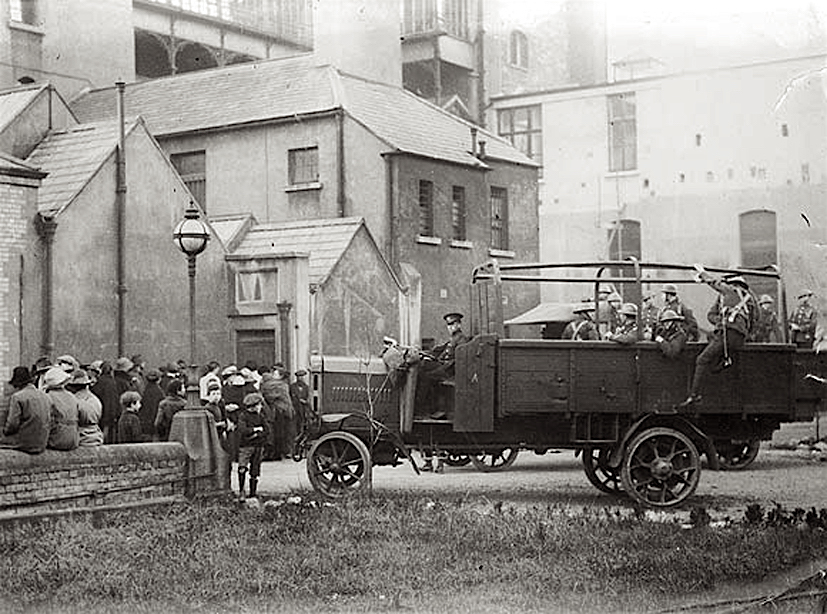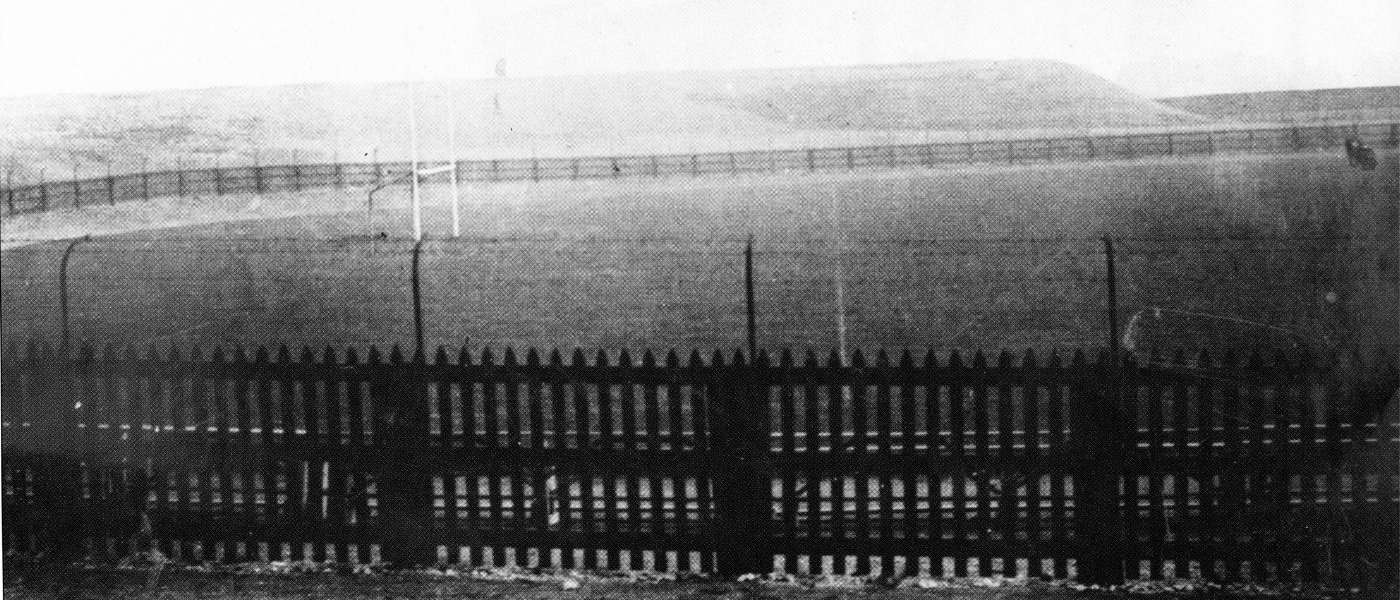Morning Assassinations
On the morning of November 21, 1920, the Irish Republican Army (IRA), under Michael Collins's orders, executed a coordinated series of assassinations targeting British intelligence operatives in Dublin. Over a dozen locations were raided, resulting in the deaths of 15 individuals, including intelligence officers and suspected agents. Among the notable incidents, Lt. Peter Ames and Capt. George Bennett, leaders of British intelligence units, were killed at 38 Upper Mount Street. However, two innocent civilians were also mistakenly targeted, raising questions about the accuracy of intelligence used by the IRA. As Collins later stated, his goal was "the destruction of the undesirables who continue to make miserable the lives of ordinary decent citizens."
My one intention was the
destruction of the undesirables who
continue to make miserable the
lives of ordinary decent citizens.
… If I had a second motive it was
no more than a feeling I would
have for a dangerous reptile …
There is no crime in detecting and
destroying, in wartime, the spy
and the informer.
— Michael Collins
This operation, while being a succefull attempt at weaking the British intelligence efforts in Ireland, also cause an escalation in the violence and brutality of the War. Collins' effectiveness in coordinating efforts with the IRA was proven capable after this November morning but a criticism that followed was the aftermath of their efforts bringing mass collateral.


